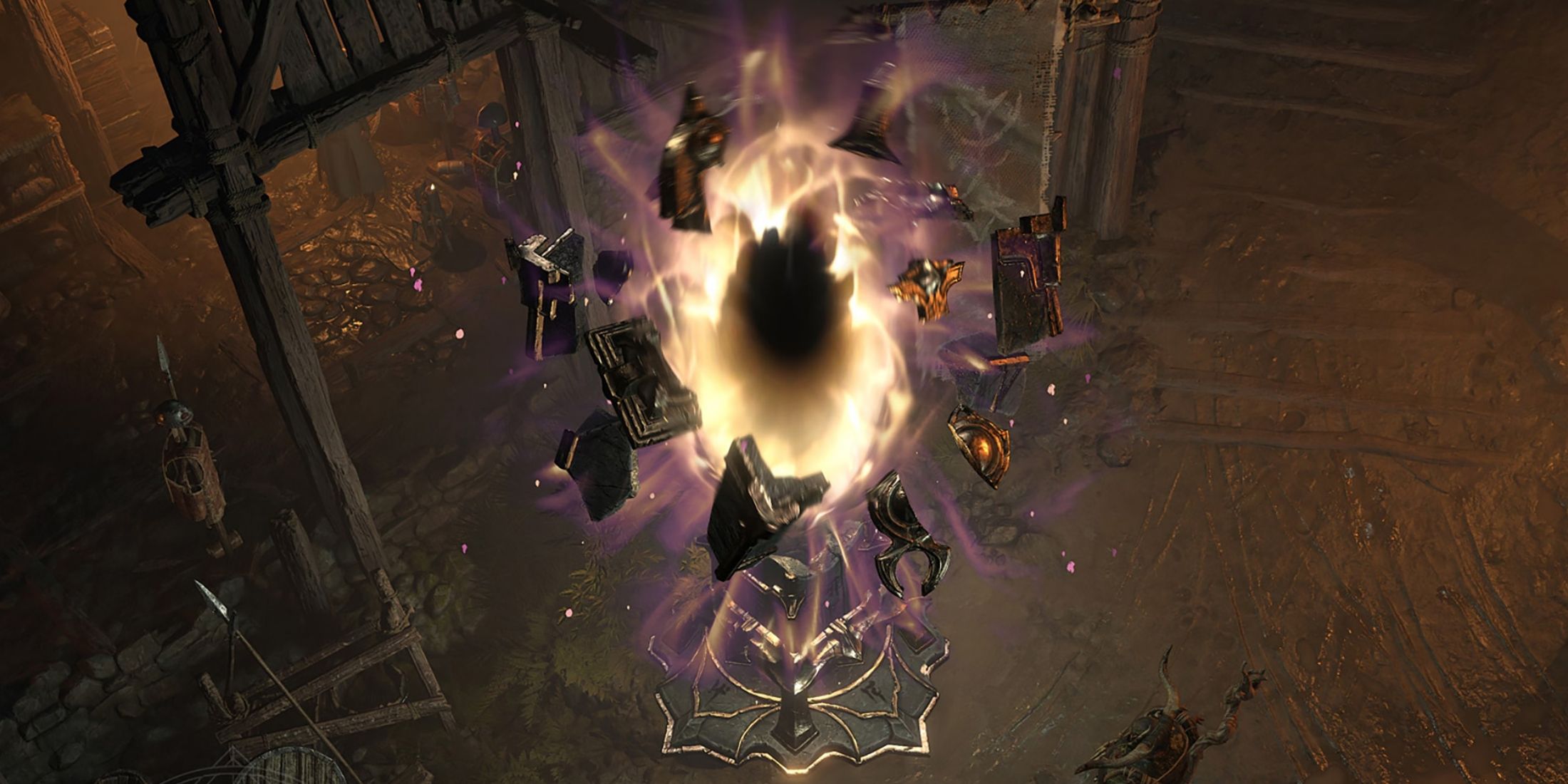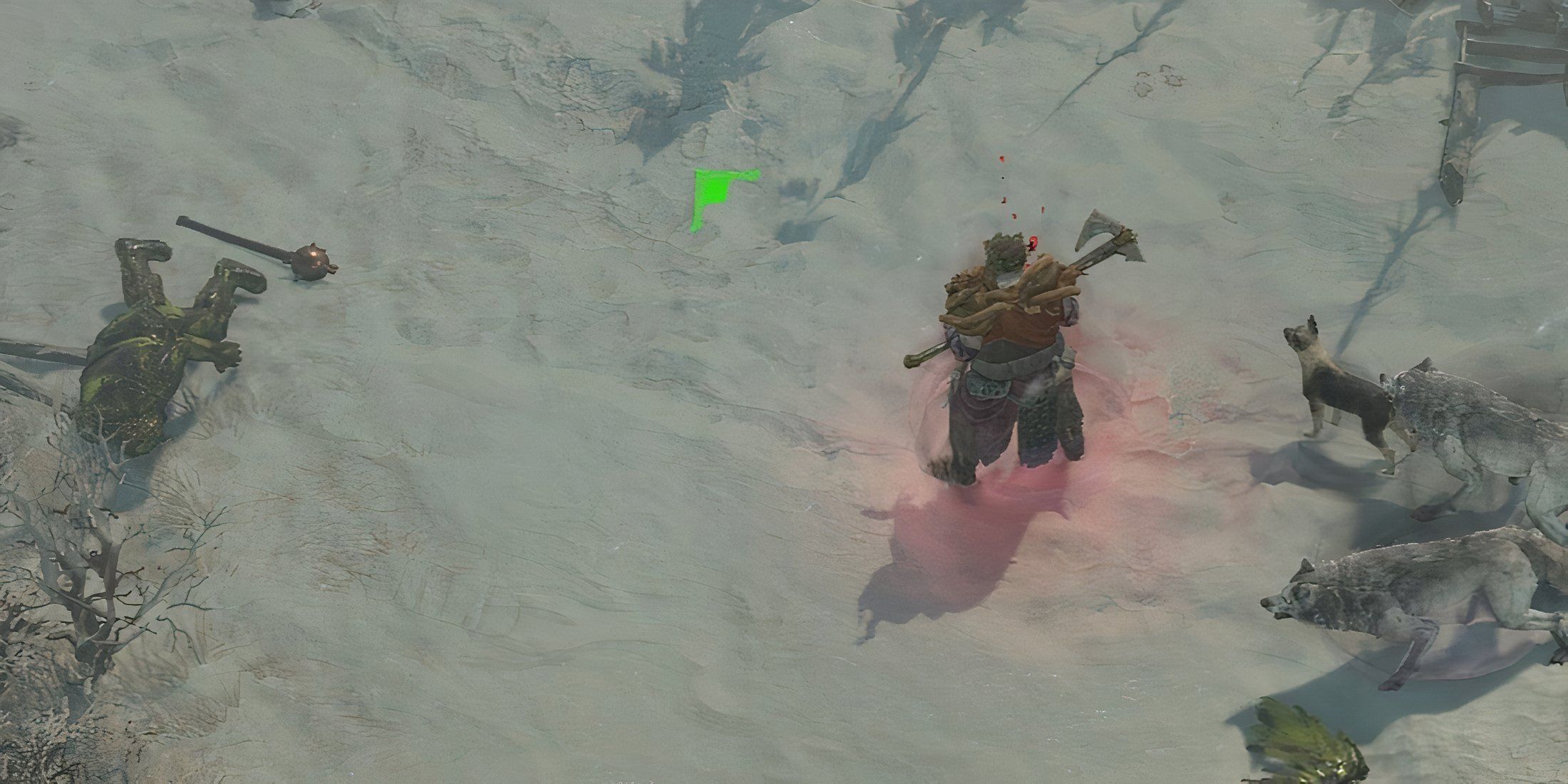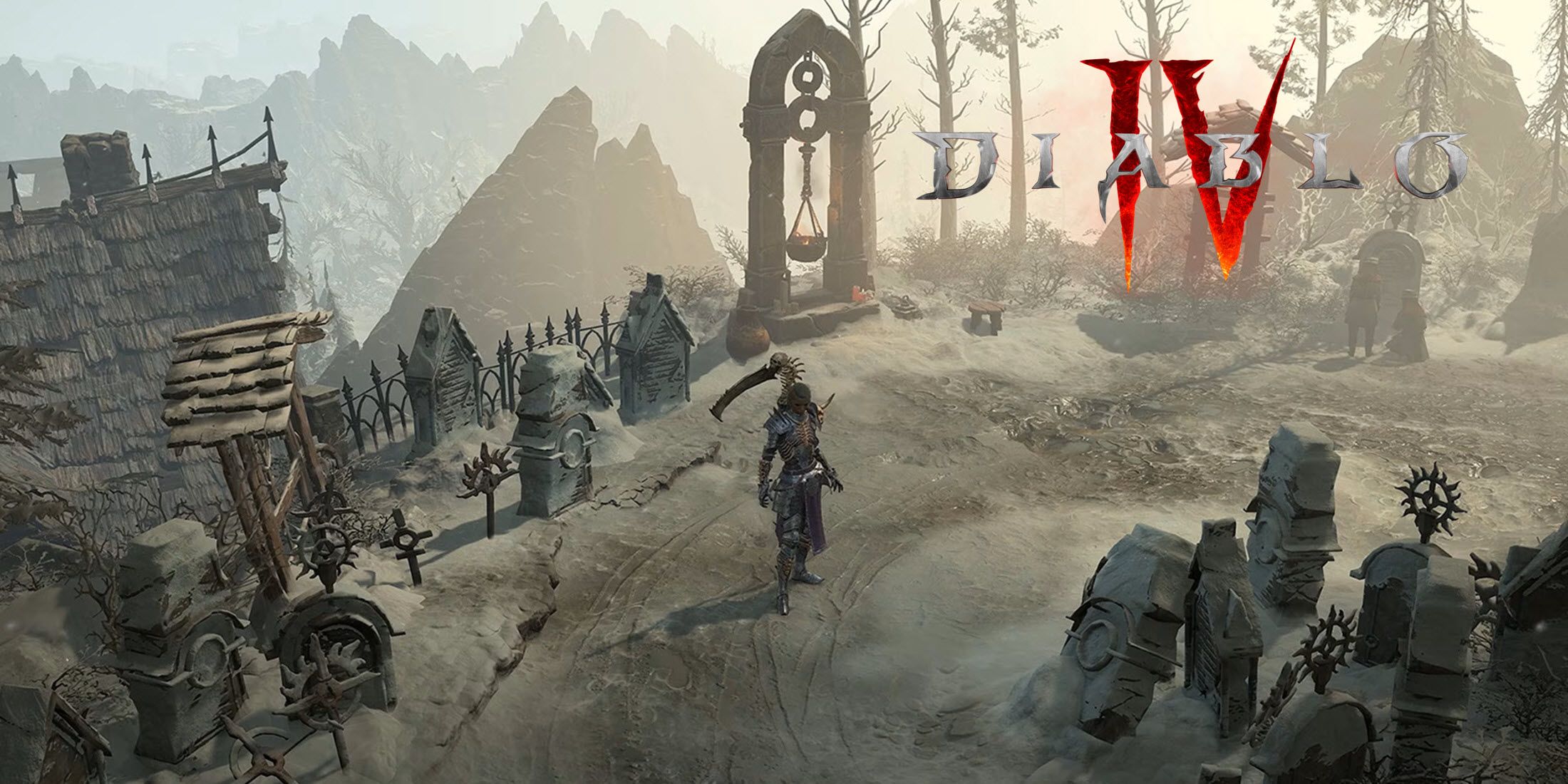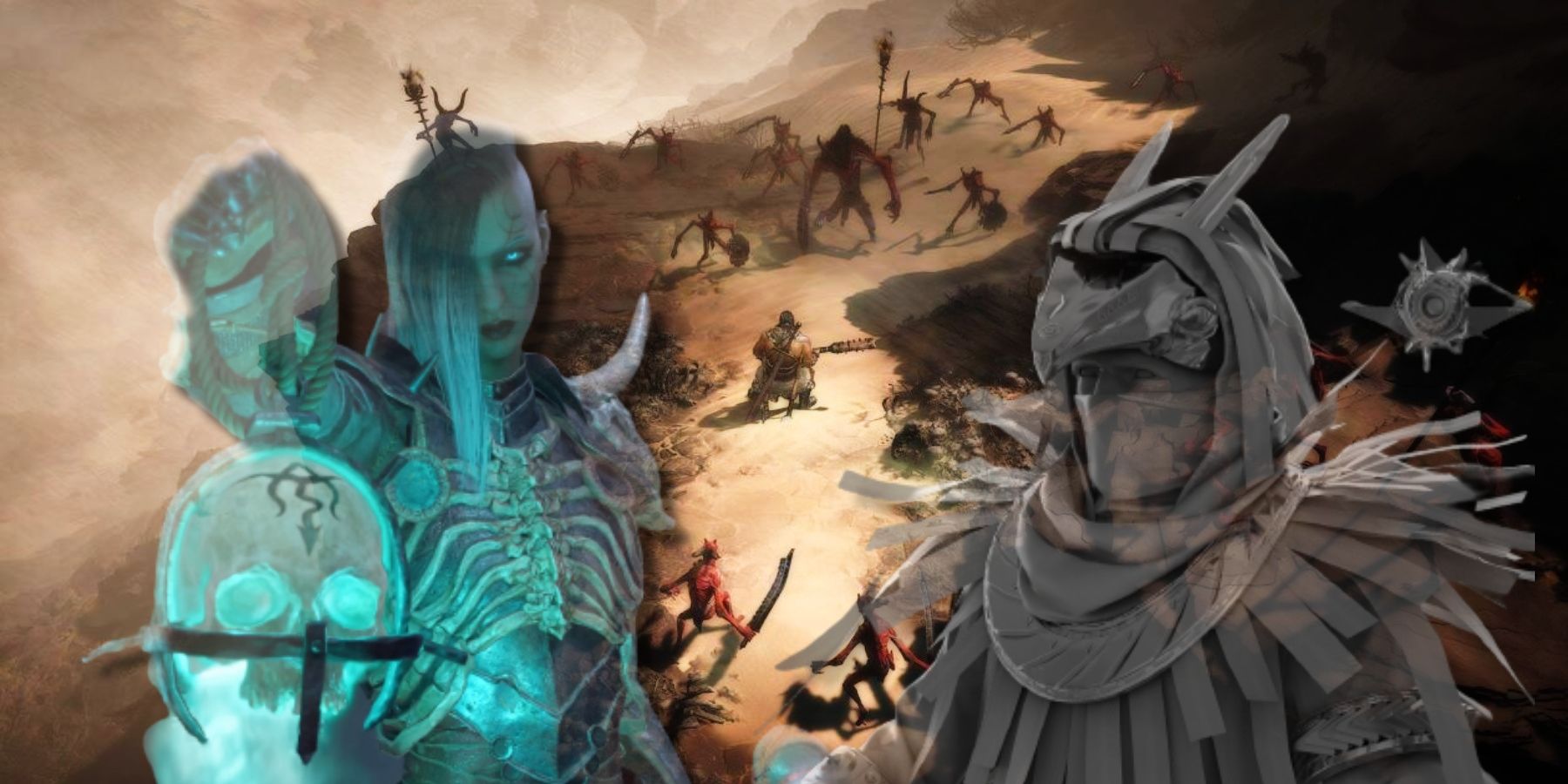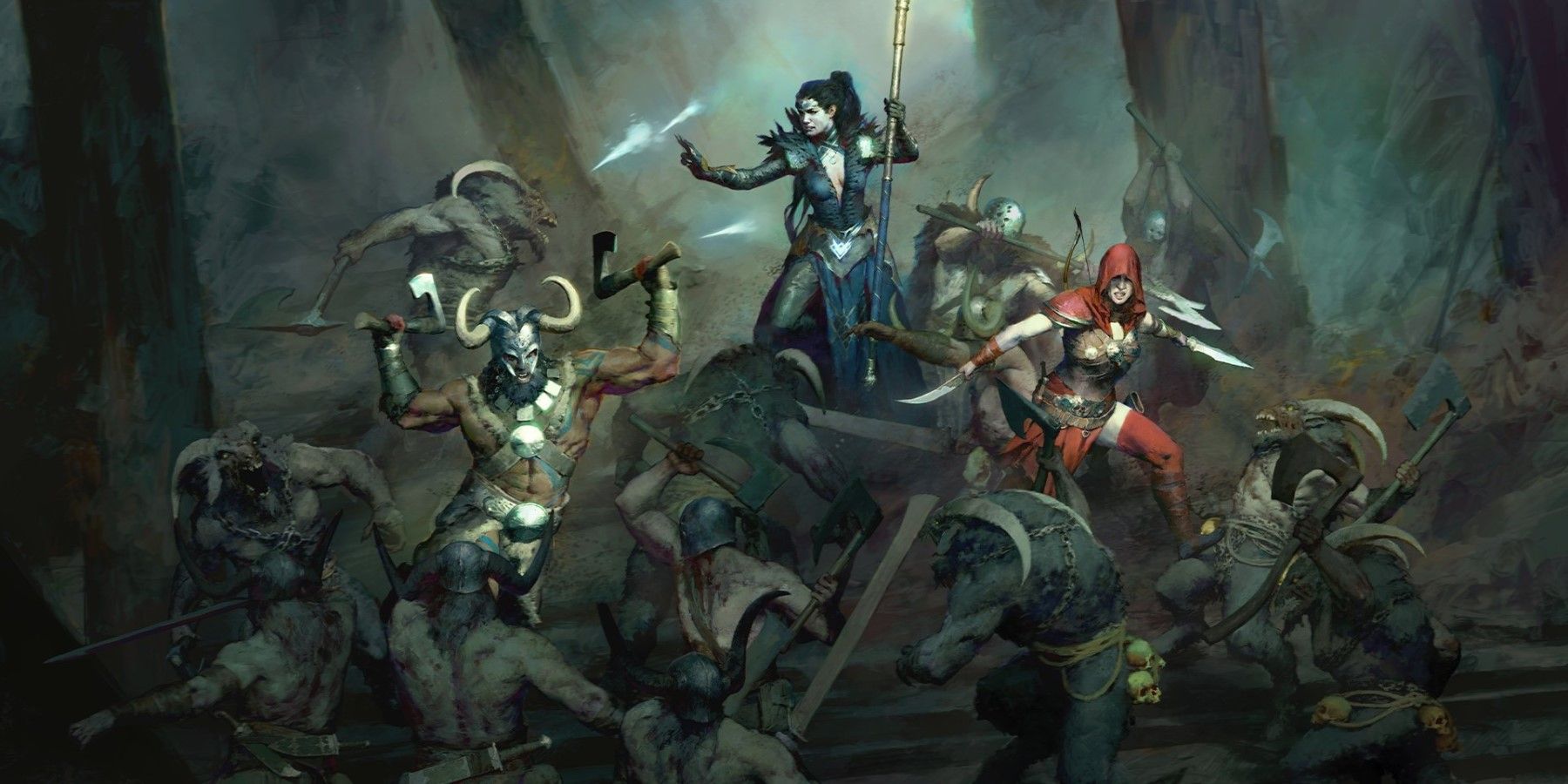Back when not many details were officially known about Diablo 4 and what it would entail exactly, fans of the series were hoping it would avoid the same pitfalls as Diablo 3 and, more recently, Diablo Immortal. When it became clear that Diablo 4 was going to be a live-service game with constant content drops and no way to earn power by paying real money, many prospective players jumped on the hype train, relieved that it would be a new and refreshing experience. Blizzard is hosting a Diablo 4 Server Slam beta this weekend, and it recently released a full interview with the developers about some pressing questions regarding the Battle Pass, the in-game shop, and its seasonal approach.
Diablo 4's first season will release in July rather than straight on launch day, and this is likely a blessing in disguise for many reasons - chief among them is the fact that another game that's now one of the most successful live-service in the industry struggled at launch. That's none other than Destiny 2, which was released all the way back in 2017, and almost immediately faced backlash for its state and content, which the first two expansions didn't really help with.
How Diablo 4 is Avoiding a Big Issue Destiny 2 Had on Launch
Upon launch, Diablo 4 will finally be available in all its gory splendor, and players can run through the entirety of Sanctuary and level up their characters freely, all while trying to attain the best of loot. Yet, this is just the premise of the base game, and although it is launching on June 6, the actual first season will release only weeks later, presumably toward the middle or the end of July. This is actually a great strategy that allows everyone who's planning on playing the game some time to finish the main campaign and have fun with a class or two, but it also provides them with new exciting content very soon after.
The way seasons are structured is that Blizzard will add seasonal storylines and new content for players to tackle, which is not a direct continuation of the main campaign in Diablo 4. This approach lets the developers experiment with the themes, the characters, and the rewards of each new season without having players experience the so-called FOMO - the fear of missing out - because it's side content rather than a constantly-evolving tale. More importantly, it's going to be a major content drop only weeks after launch.
This will likely help retain players over an extended period of time, as there will be a lot to do on launch and then new endeavors and loot waiting just around the corner. That's exactly what Destiny 2 would have needed back then, as the base game was bare bones, and the Curse of Osiris expansion didn't provide a meaningful experience, to the point that it is often regarded as one of the worst releases in the game's history. It didn't help that it came out months after the game's release, and it still took Bungie a long time to successfully adapt to the model that made Destiny 2 one of the best live-service games around.
Diablo 4, on the other hand, is starting off on the right foot by offering an extensive gameplay experience on launch and following up shortly with its first season. This shows that Diablo 4's live-service model is already on the path to success, and if seasons are kept on a three-month schedule, and they differ from what Diablo 3's current offering is, the game will likely enjoy a long life span. And to achieve that, avoiding Destiny 2's content drought is an essential step to not disappointing players on launch and shortly thereafter.
Diablo 4 will be available June 6 for PC, PS4, PS5, Xbox One, and Xbox Series X/S.

